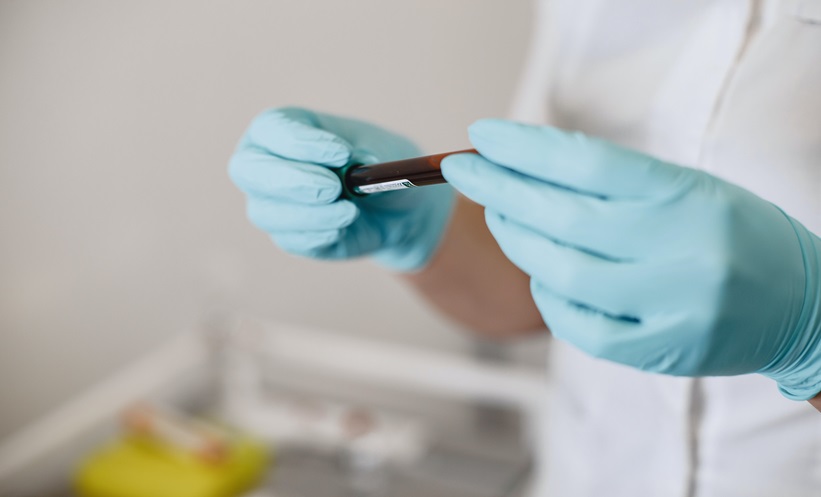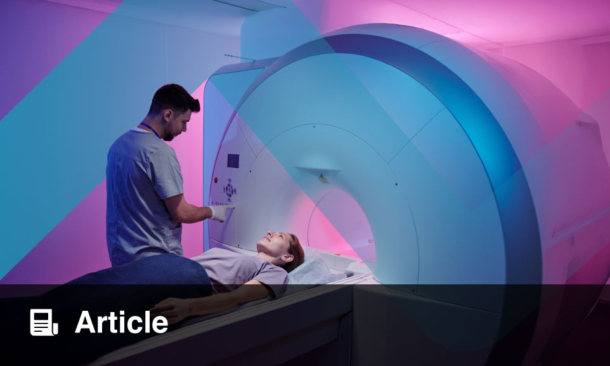MACHINE learning-enhanced spectroscopy has enabled the rapid detection of harmful polycyclic aromatic hydrocarbons (PAHs) and polycyclic aromatic compounds (PACs) in the human placenta, clearly distinguishing samples from smokers and nonsmokers. This advancement has significant implications for clinical diagnostics and public health monitoring.
Environmental toxin exposure during pregnancy poses severe health risks to both mother and fetus, including preterm birth, low birth weight, and developmental disorders. Polycyclic aromatic hydrocarbons (PAHs) and their derivatives, polycyclic aromatic compounds (PACs), are among the most hazardous chemicals found in cigarette smoke. Detecting these compounds in biological tissues has traditionally been challenging due to the complexity of chemical analysis. In this study, researchers from Rice University and Baylor College of Medicine developed an innovative approach that combines surface-enhanced Raman and infrared spectroscopy with machine learning (ML) to identify PAHs and PACs in placental samples. By leveraging computational tools, this method provides a faster, more accurate means of detecting environmental toxins in human tissues.
The study analysed placentas from women who reported smoking during pregnancy and self-reported nonsmokers. Two machine learning algorithms, Characteristic Peak Extraction (CaPE) and Characteristic Peak Similarity (CaPSim), were applied to spectral data obtained using surface-enhanced Raman and infrared spectroscopy. These algorithms identified distinct chemical signatures of PAHs and PACs in the placentas of smokers while finding no such compounds in the nonsmoker group. Independent validation was achieved through the detection of PAH-DNA and PAC-DNA adducts in smoker samples using a 32P-postlabeling assay. This approach allowed for precise differentiation between the two groups, demonstrating that the integration of spectroscopy with ML can enhance detection sensitivity and accuracy.
These findings hold significant promise for clinical practice and public health initiatives. The ability to efficiently detect PAH and PAC exposure could lead to improved screening and risk assessment for pregnant individuals, potentially guiding more effective prenatal care and policy interventions. Furthermore, this technology could be expanded to monitor environmental toxin exposure from other sources, such as industrial pollution and wildfires. Future research should focus on adapting this methodology for use in blood, urine, and other biological fluids to provide broader applications for real-time toxicological assessment and early intervention strategies in maternal and fetal health.
Katrina Thornber, EMJ
Reference
Halas NJ et al, Machine learning–enhanced surface-enhanced spectroscopic detection of polycyclic aromatic hydrocarbons in the human placenta. Proceedings of the National Academy of Sciences. 2025;DOI:10.1073/pnas.2422537122.








